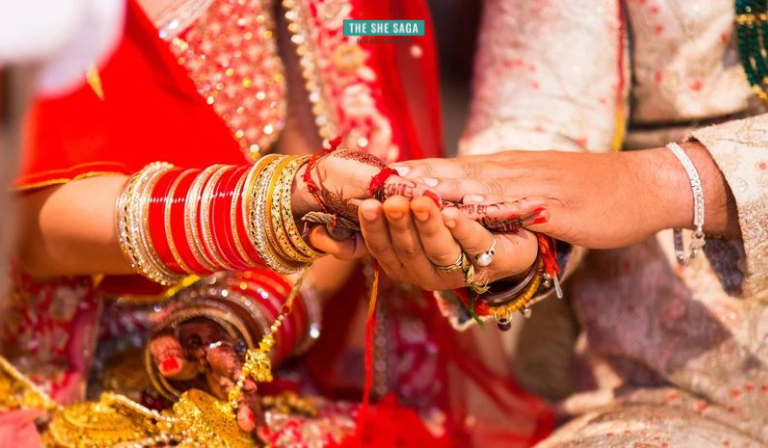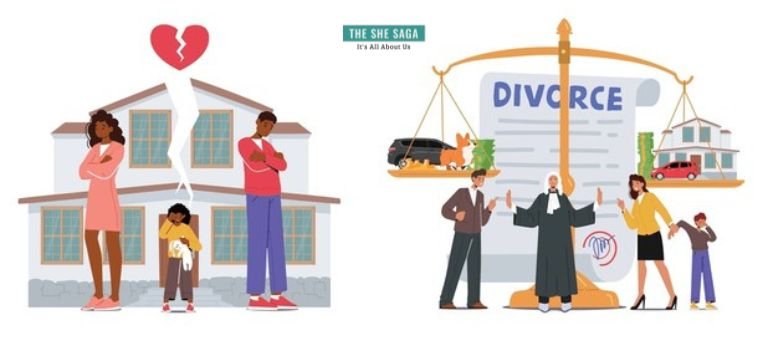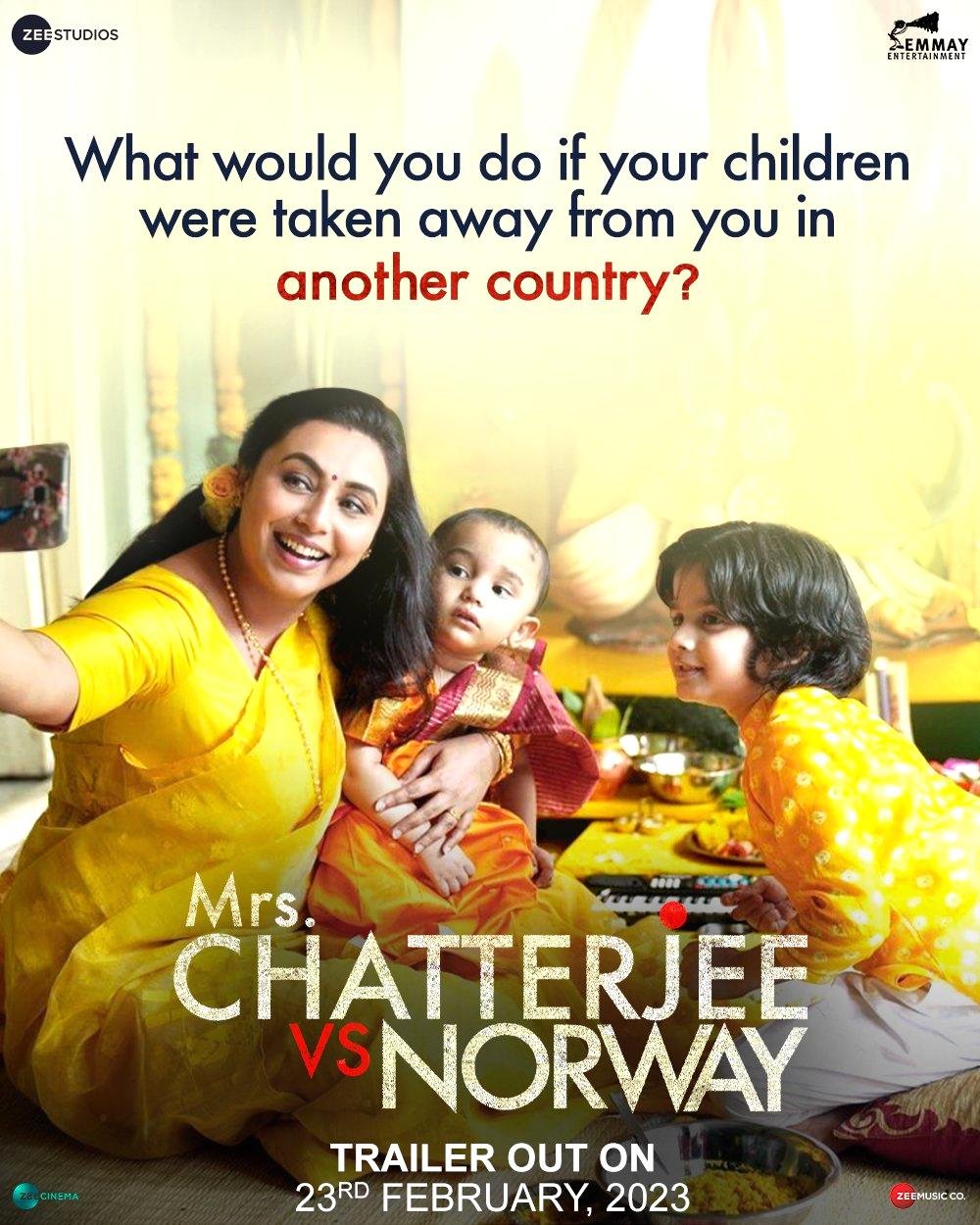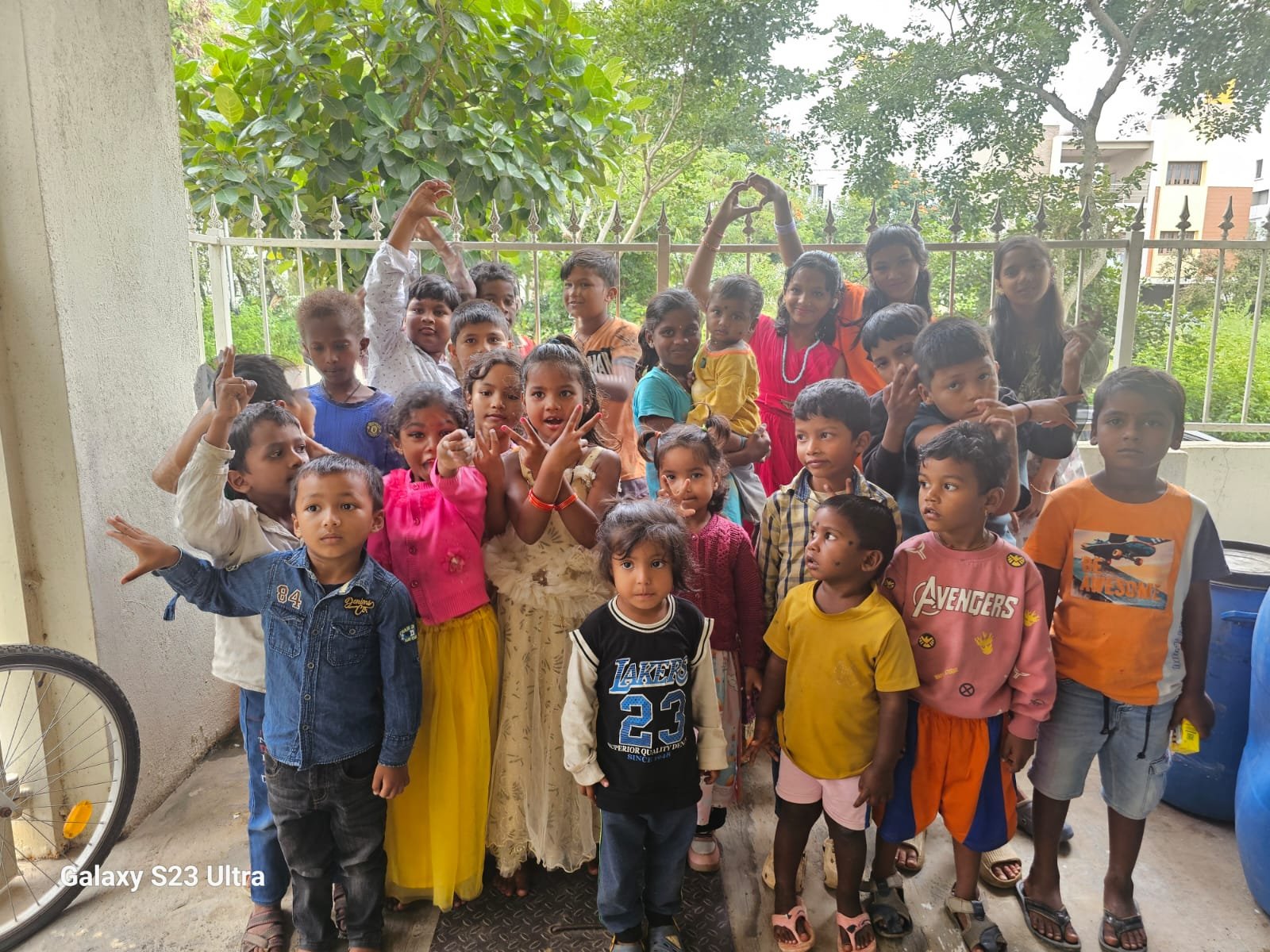Marriage as an institution is older than all of us. At some point in time, it provided a much-needed structure for social organization, helping us build families and act as a foundation around which children were raised and a stable and supporting environment was created. It provided a sense of belonging and security, where a couple often formed a shared economic unit and provided mutual support in times of crisis. In many cultures and religions, marriage is also seen as a sacred duty or a vital step in life, carrying specific roles and expectations for partners.
However, with the changing socio-economic-political scenario in India, these ideas have undergone multiple paradigms over the years. We now see marriage not as a must-have but as an option in our life.
Socio-economic reasons which made marriage an option from a must-have
There are many reasons for this gradual change, a few being –
- Both men and women being career driven and financially independent. Marriage is no longer a means or a mid-life objective for many women
- Individuals seeking his/her own space and extra freedom to pursue his/her interests, working on his/her hobbies. The spouse may or may not be on board and hence decisions become so much more complicated
- Influence of globalization and live-in relationships gaining popularity. More big cities seeing a faster life and convenience wins over tradition
- Simplified adoption practices. Procreation or adoption was considered the prerogative of married families only. With changes in the process and gradual simplification of some rules, adoption has gained popularity even in unmarried/divorced individuals
- Nuclear families have created a situation where most of the burden of everyday life and managing the home falls on two individuals. They often find it difficult to manage all ends with demanding jobs, children and home
Rising Divorce rates across India
All these and many more reasons have contributed not only to many young people avoiding marriage but also to many couples opting for divorces after a few years of marriage and cohabitation.

Divorce rates have been on the rise for many years now and while there is no single, comprehensive annual national divorce rate for India, data from the Periodic Labour Force Survey (PLFS) 2017-2024 shows a rise in the proportion of divorced individuals, particularly in urban areas.
The percentage of divorced women in cities increased from 0.6% to 0.7% and divorced men from 0.3% to 0.5% between 2017-18 and 2023-24.
At least in the Indian context we can cite a few reasons – which may tell us part of the story but definitely not the whole –
- Financially independent women. This is a debatable and controversial topic in our previous generations but lack of financial independence of women in their time had been a instrumental factor in denying them a voice in the home, choices in many areas and the option to ever opt out of even abusive marriages
- Divorce is becoming more socially acceptable, leading to less stigma for those who end their marriages
- Modern values give importance to individual choices and provide a path where mentally a person would want to move out of marriages that are no longer fulfilling, rather than drag relationships with nothing but compromise
- Higher expectations of emotional and personal compatibility is also a key factor where a man and woman go into a relationship with plans for a long life together but many significant issues arise
Complications that accompany a couple parting ways
But while remaining a reasonably simple thing to acquire in current scenario, a divorce is not really a very simple path to negotiate for all involved. In divorces which are contested by either party, the process is cumbersome, expensive and time consuming; the custody fights for children are often ugly and the process drags for years at times. In mutual divorces the proceedings are relatively cleaner with the two spouses interacting along with lawyers and coming up with a settlement of assets.

And then comes the next part that is alimony for the spouse, in general the woman. What does the law say with regards to a divorce and subsequent alimony settlement. Legally, the concept of alimony in India isn’t a single start date but is established through multiple personal laws, such as the Hindu Marriage Act of 1955, the Special Marriage Act of 1954, and the Indian Divorce Act of 1869. All these have gradually established the policies for alimony or settlement that we have today.
Alimony – The Ups and Downs
In a landmark Supreme Court judgment this year in May 2025 that mandates a minimum permanent alimony of ₹50,000 per month, with a 5% annual increase, to be paid to a divorced and unmarried wife.
This judgement was determined taking into consideration the rising costs due to inflation and maintenance of family particularly with kids.

But then on the heels of this judgement came another one from Delhi high court last week where the ruling clearly stated that permanent alimony is not an automatic right, particularly for a financially independent spouse. The ruling involved a case where a senior railway officer was denied alimony because she was a high-earning, financially self-sufficient individual.
There have been many different points of view after this ruling, coming up in social circles and social media. While some think that it is extremely justified, since an alimony or settlement is not the means to an end wherein the spouse is trying to maintain a level of affluence she desires at the expense of the husband and that kind of exploitative behavior should be discouraged at all costs.

If both parties are financially independent and have a stable income, there should never be any alimony being paid.
However, there is another school of thought in which the husband is portrayed as the initiator in the divorce, and the wife as an affected party, as more stigma related to the divorce and a reduced chance of remarriage will be attached to her. This is a discussion that should be on a case-by-case basis, not generalised, although hard-core feminists may not agree. For a non-job-holding partner, this may apply as the sole earning member is considered the provider.
Again, the dynamics change when children born out of the broken marriage are involved. The father and mother should be equally liable for the comfort, education, housing, and overall upbringing of the child and this should not be negotiable. They are bearing the emotional brunt of the failed marriage, being deprived of the presence and love of both parents, any other discomfort should be avoided.

There are people in many of our close circle, ones who have refused alimony in spite of having suffered disrespectful marriages and those who have taken the route to a maintenance settlement and ended their marriages amicably. To each couple their own.
To sum up, marriages are still relevant in society, but we should want them to be on an equal footing and respectful to both spouses. They should be built on a platform of shared love and care where the burden for all tasks is mutual. If we cannot enjoy this journey and decide to part ways, it’s a choice and let that be personal as well.

Manobina Nanda Ganguly
Manobina is a Computer Engineer by profession, working for over two decades. An avid reader since childhood, she loves reading both fictions and non fictions. She can be reached at manobina@gmail.com.














